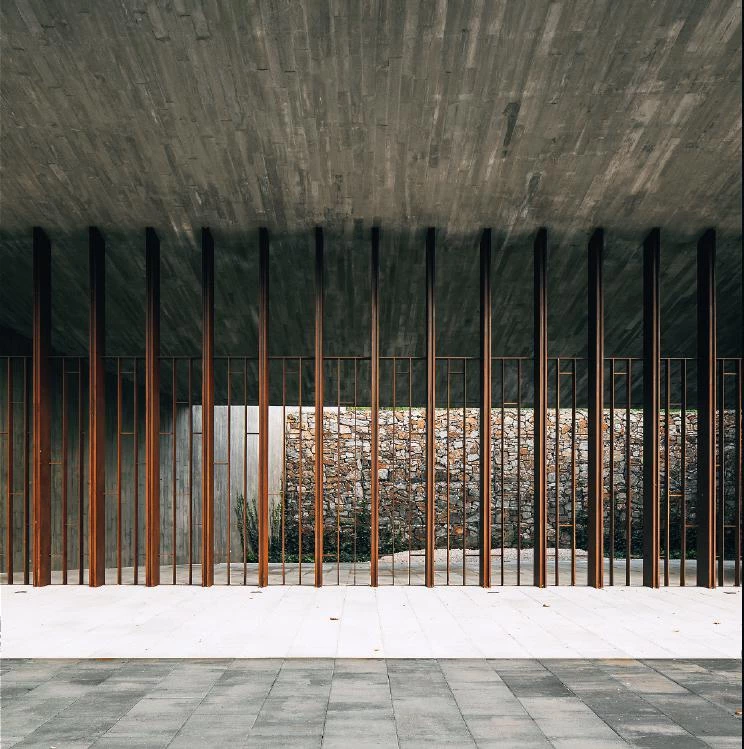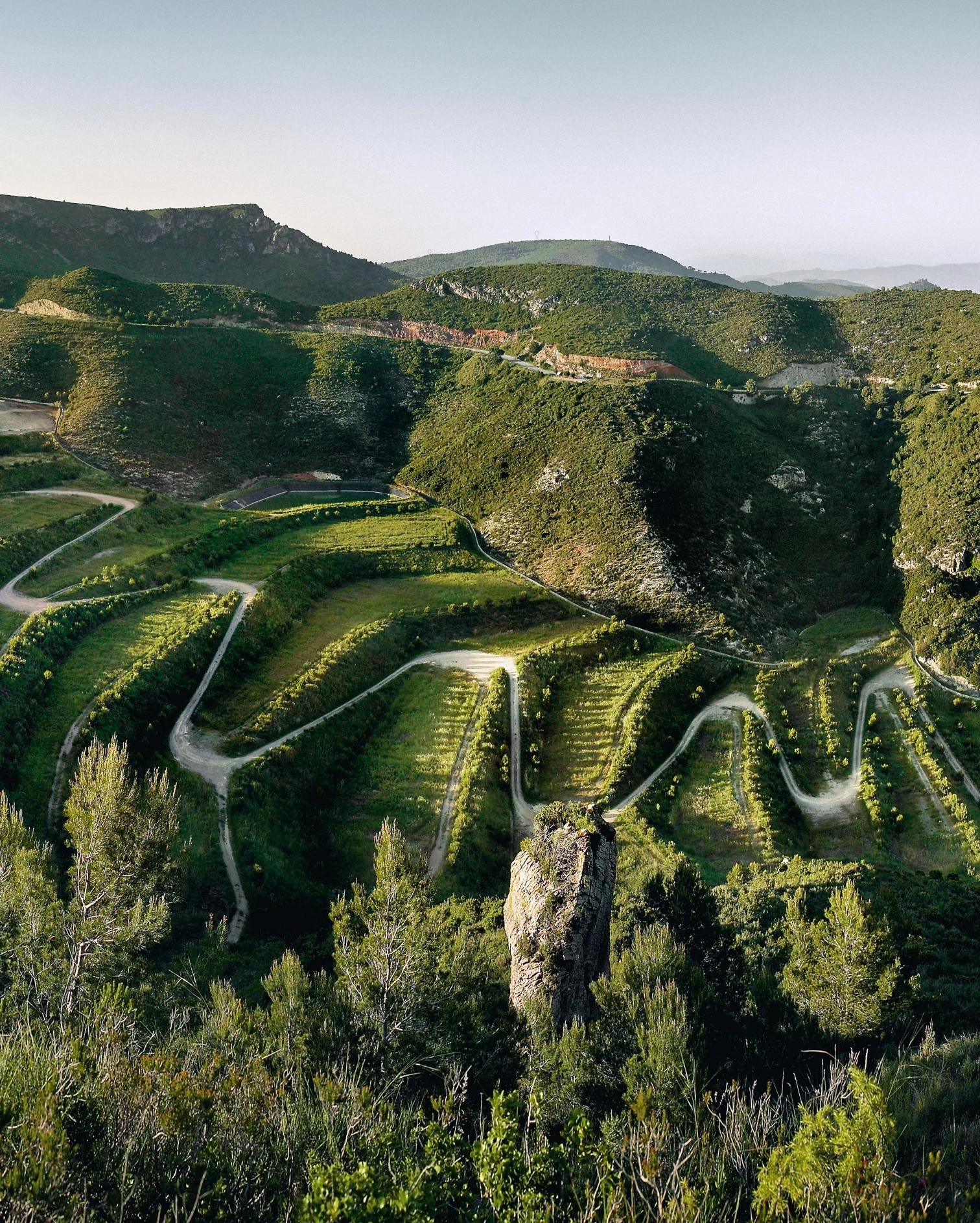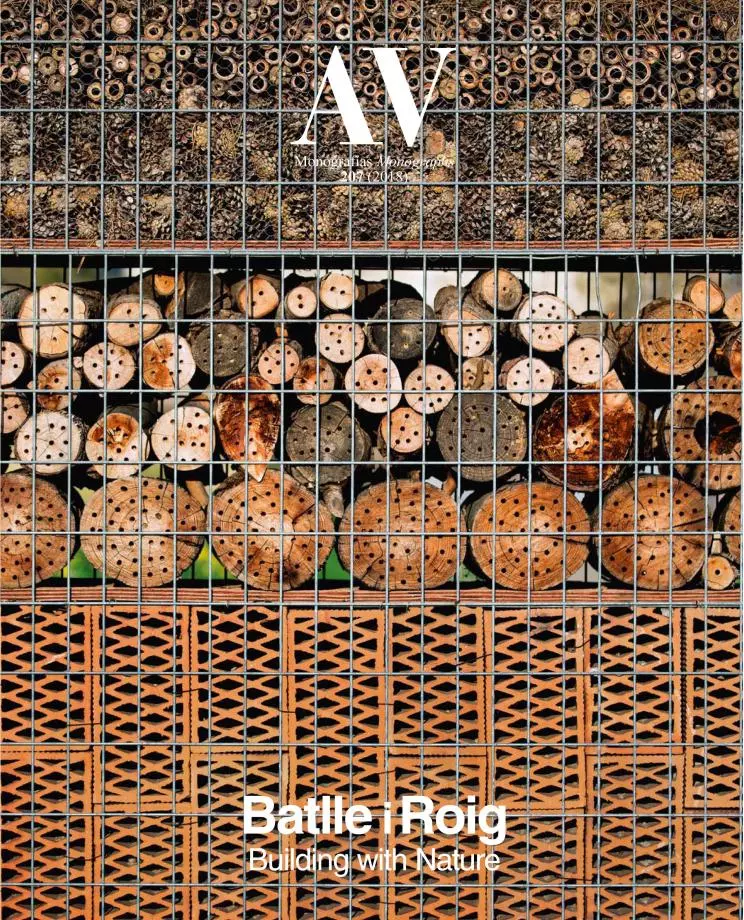
Rooted in their family histories, the Barcelona architects Enric Batlle and Joan Roig are gardeners and bricklayers, deft both at designing landscapes and at building architectures. Trained by Rafael Moneo and Elías Torres, they based their work on a double commitment: to place and to their own trade. Architects of landscape and landscapers of architecture, their fidelity to geographical territory and professional discipline has allowed them to complete an extraordinary series of urban gardens and parks that combine their topographic, climatic, and botanic wisdom with the critical intelligence of contemporary landscaping, the subversive aesthetic of Land Art, and the timeless lessons of agriculture; and to fulfill a demanding list of residential, school, sport, cultural, commercial, industrial, and office buildings, rounded off by their precise constructions for fashion’s logistics.
With a staff of almost a hundred at the Esplugues de Llobregat studio, Batlle and Roig have reached a size that allows them to be extremely versatile, tackling projects of very different scale and nature, in a variety of fields that range from urbanism or landscaping to building and object design, and with a field of action that goes beyond Catalonia, extending to the rest of the peninsula and to major competitions outside Spain. Grounded in the public realm, as public were their first commissions and are their civic convictions, the Catalan partners have managed to adapt to a changing professional scene, strategically taking on a significant number of private clients and turning the economic recession, which caused so much damage to architects, into an incentive for diversification and internationalization, adding business expertise to their many skills in the field of project design.
Richard Ingersoll states that not since Olmsted “has an office had such a profound impact on shaping the geography of a city.” It is an important claim, coming as it does from a historian and critic very familiar with the urban transformations of the last two centuries. Perhaps because of this it is interesting to read carefully Joan Roig’s notes, which clearly describe the changes experienced by the office in the political and intellectual context of the past decades, an itinerary that has turned them into interpreters of collective life. In his own text defending the ecological and social continuity of cities, Enric Batlle mentions his happy surprise upon discovering a flock of sheep in their green regeneration of a modern ruin: those of the Roman Forum had their Campus Vaccinus, but these gardeners and bricklayers have also managed to create a Campus Ovinus in the heart of the metropolis.[+]






